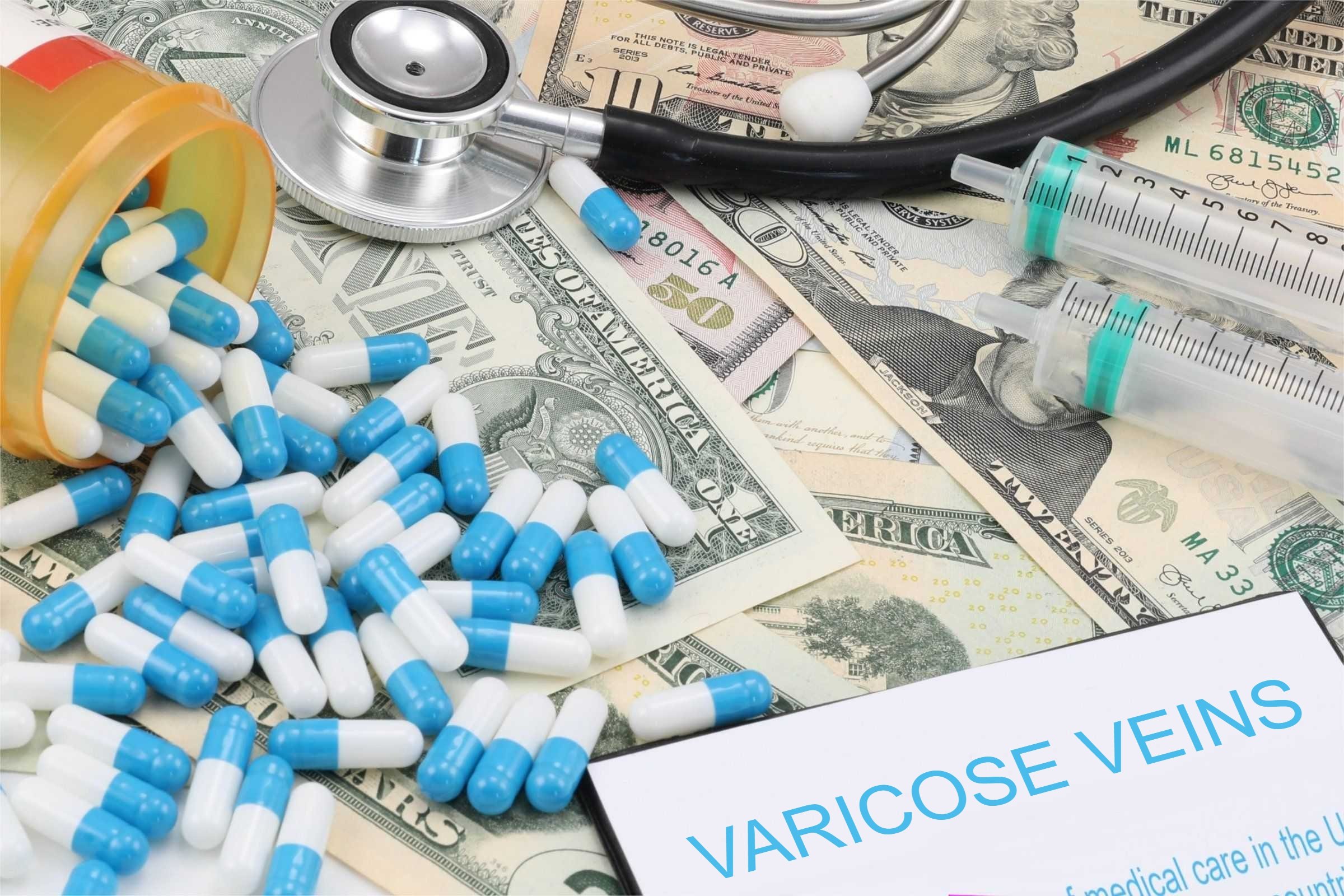Varicose veins often appear in the legs and feet and are caused by weakened valves that affect blood flow. For adults, especially those with a family history or who spend long hours on their feet, varicose veins may signal more than just discomfort. Here is how they affect your health, which is the first step toward feeling better and managing symptoms:
Persistent Pain
One of the most common complaints is persistent pain or throbbing in the affected area. The veins swell as blood pools within them, creating a sensation of heaviness or aching that worsens after prolonged periods of standing or sitting. Some individuals describe sharp pain or cramps, particularly at night. These symptoms do not affect everyone equally, but persistent discomfort often prompts adults to seek medical advice.
Dry, Itchy Skin
Varicose veins disrupt the usual supply of nutrients to the skin above them. Over time, the skin may become dry, flaky, or itchy. This irritation frequently leads to scratching, which raises the risk of developing sores or rashes. Sometimes the affected area also takes on a darker color. Itching and irritation create daily challenges, often reducing overall comfort and leading people to try moisturizers or prescription creams for relief.
Sudden Swelling
When blood pools and does not move efficiently, fluid leaks into the surrounding tissue. This process results in swelling, especially at the ankles and lower legs. Shoes might suddenly feel tighter by the end of the day, or socks may leave deep marks. Swelling related to varicose veins can also trigger a feeling of tightness or heaviness. Left unaddressed, severe swelling can contribute to further skin changes and increase discomfort.
Risk of Blood Clots
Blood that moves too slowly is at greater risk of clotting. People with these types of veins face a higher likelihood of developing superficial thrombophlebitis. This condition involves a clot forming in a vein near the surface of the skin, leading to tenderness, redness, and warmth over the affected vein.
While superficial clots are often less dangerous than those found deeper in the body, they require prompt attention. At times, deeper vein clots may develop, raising the risk of more severe health issues such as deep vein thrombosis (DVT). Early recognition of symptoms such as swelling, pain, or discoloration in the affected area is crucial to prevent complications. Seeking medical advice promptly can help guide proper treatment and reduce the risk of long-term health consequences related to blood clots.
Risk of Other Complications
Beyond pain, itching, and swelling, untreated varicose veins may give rise to additional complications. Skin ulcers, particularly around the ankles, appear when blood flow becomes severely impaired. These open sores are slow to heal and more likely to become infected. Eczema or changes in skin color may occur. Some adults notice hardened areas around the veins, which reflect chronic inflammation and ongoing damage. All these issues, while sometimes overlooked, have a lasting effect on quality of life and may worsen without proper intervention.
Treat Varicose Veins with a Vascular Expert
Varicose veins affect more than appearance. They cause pain, swelling, and skin changes, and they raise the risk of complications such as blood clots and ulcers. Addressing symptoms early through lifestyle adjustments, compression stockings, or medical procedures helps reduce discomfort and prevent further health concerns. If you notice persistent pain, swelling, or changes to your skin, discuss them with a healthcare provider. With proper care, you will feel more comfortable and minimize future complications.

Leave a Reply